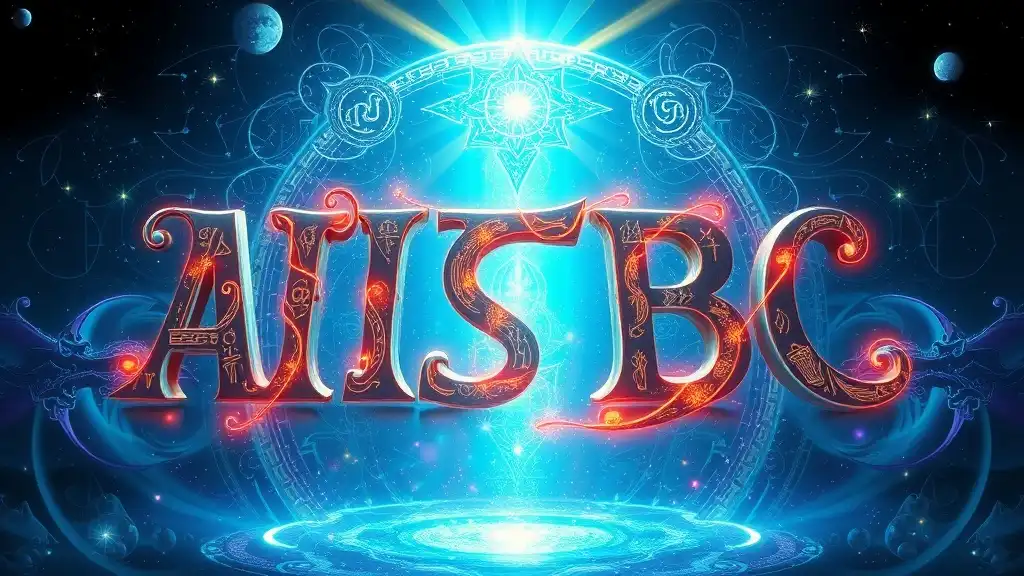The Book of Esther is a remarkable narrative that explores themes of courage, identity, and faith. It is not merely a tale of survival; it also serves as a profound spiritual reflection on the complexities of existence and the nature of divine providence. Within this narrative, Esther stands as a pillar of strength and a symbol of empowered femininity, making her story relevant across cultures and centuries.
The Significance of the Name "Esther"
The name Esther is rich in meaning, derived from the Hebrew word for "hidden" or "concealed". This concept of hiddenness captures the essence of Esther's journey where her true identity as a Jew is initially concealed. In addition, the name is linked to the planet Venus, evoking images of beauty and femininity. The duality found in her name reflects the intricate components of her character—she embodies both strength and grace.

Esther as a Symbol of Courage
Courage is one of the most profound themes in Esther's story. When her people are threatened with annihilation, she risks her life by approaching King Ahasuerus without being summoned—a bold act that could result in death. This moment is not merely an act of bravery; it is a bold statement about the necessity of standing up for justice, no matter the personal cost. Esther models the essential quality of willingness to act against tyranny, teaching us that sometimes, the most essential actions arise from places of fear and uncertainty.
The Role of Faith and Divine Providence
Faith plays a pivotal role in Esther's narrative. Throughout the story, we see how she leans into her faith in God’s ultimate plan, even when circumstances seem dire. Esther exhibits an unwavering belief that divine providence guides her actions, leading to the salvation of her people. This message resonates with the idea that maintaining faith amidst adversity opens pathways to divine help. As modern readers, we can reflect on the ways faith influences our lives and guides us through challenging situations, echoing the lessons found within her story.

Feminine Strength and Leadership
Esther’s position as a queen in a male-dominated empire highlights the theme of feminine strength. Her journey invites us to explore the qualities of leadership traditionally ascribed to women—compassion, intuition, and wisdom. Esther's ability to navigate court politics while staying true to her identity offers a blueprint for female empowerment. She exemplifies the power of subtle influence and emotional intelligence in leadership, encouraging modern women to embrace these strengths as they carve paths in their lives.

Themes of Identity and Heritage
Another profound element of the Esther narrative is the exploration of identity. As both a Jew and a queen, Esther’s story emphasizes the importance of her cultural heritage. Her Jewish identity shapes her decisions and actions, serving as a reminder that our backgrounds contribute significantly to who we are. In contemporary life, the concept of identity is equally relevant. The struggle to balance cultural heritage with mainstream society reflects ongoing dialogues around identity, making Esther a timeless figure for those grappling with similar issues.

The Power of Action and Advocacy
Esther's choice to advocate for her people underscores a vital lesson: the importance of speaking up for the marginalized. Her story serves as a powerful reminder that advocacy often requires great courage. In today's world, where people still face injustice and discrimination, Esther’s model encourages us to be proactive in our efforts to uplift those without a voice. It inspires us to reflect on how we can embody her spirit through our actions, defying silence in the face of injustice.

The Festival of Purim and Its Spiritual Significance
The celebration of Purim is deeply tied to Esther's narrative. This joyous festival embodies themes of victory, survival, and communal connection. During Purim, we remember Esther's bravery and the miraculous turn of events that led to the salvation of the Jewish people. The rituals associated with Purim—from reading the Megillah to festive meals—serve as reminders of celestial joy and gratitude. The spiritual lessons derived from Purim highlight resilience, joy in community, and the power of storytelling.

Conclusion: Embracing the Spirit of Esther
As we reflect on the story of Esther, we find profound lessons woven intricately through her journey. The qualities that Esther embodies—courage, faith, strength, and advocacy—remain essential for navigating the complexities of our lives. By embracing these attributes, we can become modern-day Esthers, advocating for truth and justice while honoring our unique identities. Her story inspires us to act with courage, knowing that even in the face of adversity, we have the capacity to create change and inspire hope. Let Esther's spirit guide our paths as we strive to navigate our trials with grace and resolve.



















